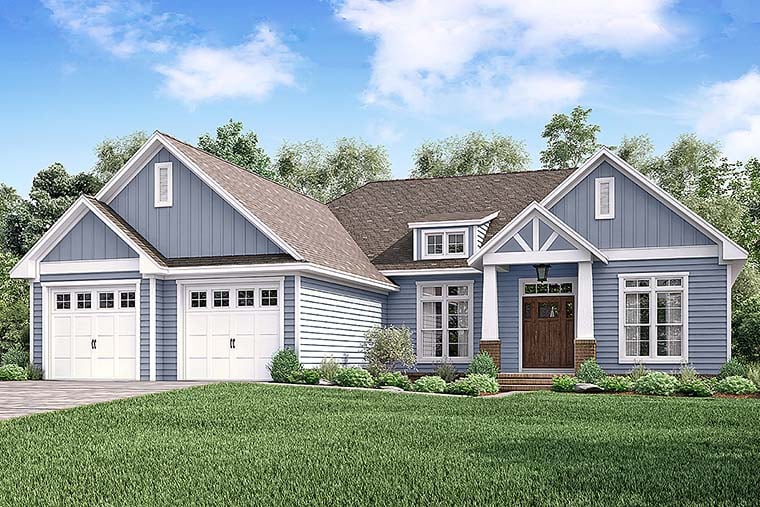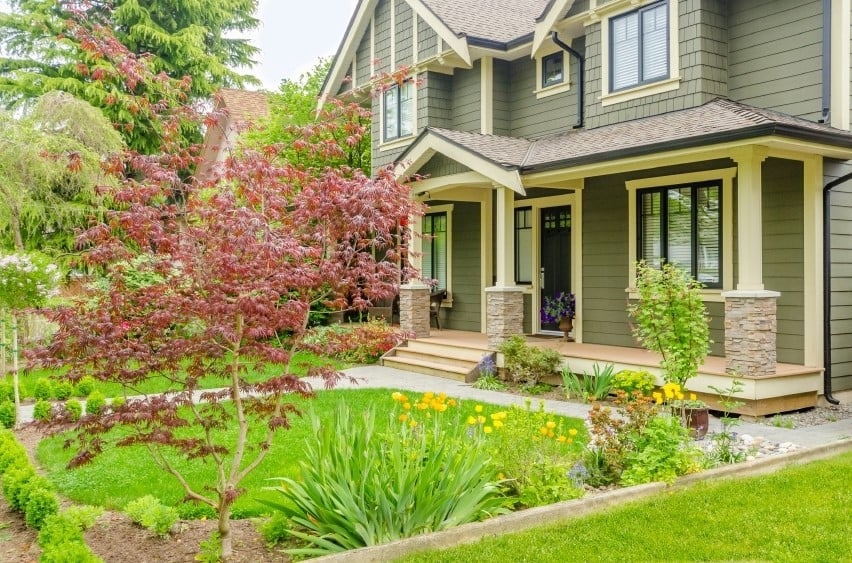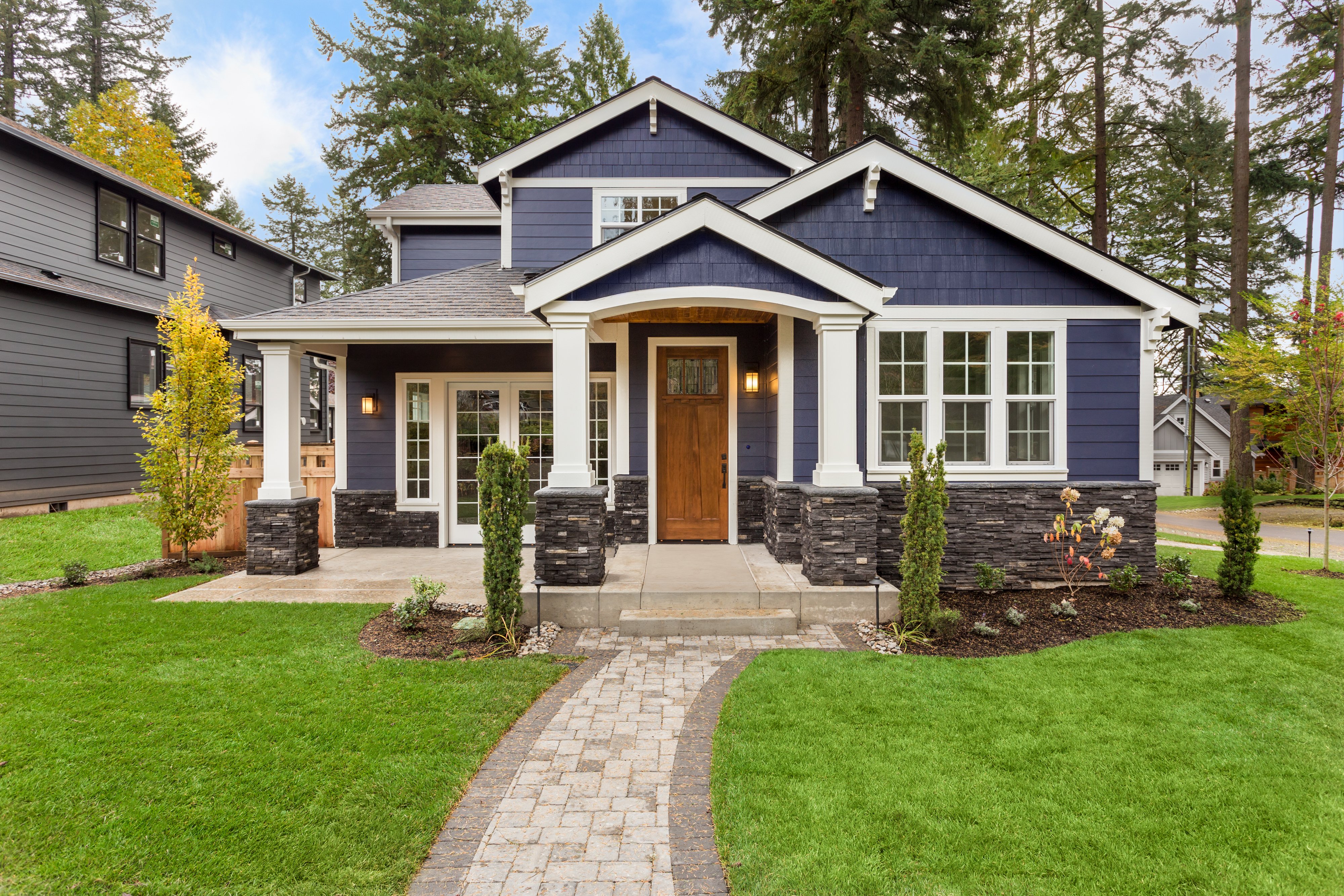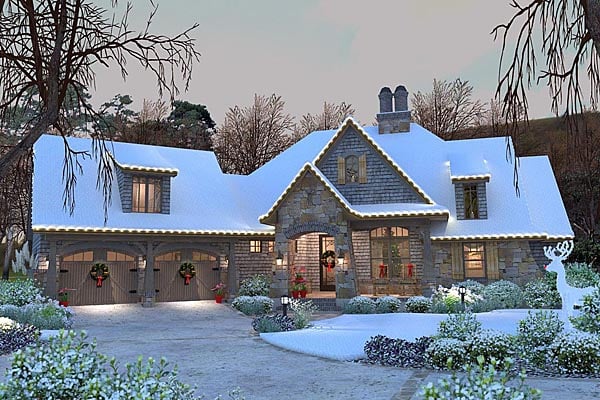The Process of Building a Custom Home: How to Get Started
Click here to see the floor plans and specifications for House Plan 51939.
Building a custom home can take some extra thought and effort when compared to purchasing an existing home, but there’s really no comparison to the amount of freedom and flexibility that this option affords you. Benefits include taking full advantage of the characteristics and personality of your building lot. You’ll enjoy creating space to suit your and your family’s lifestyle. If this process seems a bit daunting, visualizing everything in stages might help you see the clear path laid out from start to finish. With this in mind, the best place to start is the beginning! Part of the challenge of building a custom home is also one of its biggest assets—the number of choices you have. Here is a step by step process that can help keep you on track to your next home from making your budget to finding a home plan you’d like to use.
Determining Budget, Property, and Timeframe
Your budget will not only affect the size of and the materials used in the construction of your new home, but it will impact the location and size of property you can afford. It may also need to be adjusted according to your time frame.
Budget factors will include:
• Costs of the land or lot
• Costs of construction
• Design and engineering fees
• Landscaping costs
• Real estate and closing fees
• Miscellaneous expenses
Since most homeowners will finance their custom home purchase, they’ll want to be prepared by getting pre-qualified for a mortgage and having a sufficient down payment. Making sure a credit report is accurate and in good condition can save a borrower significantly on loan rates, but be sure to shop around.
Purchasing your building lot or property can be nearly as exciting as choosing your custom home options. Most desire a location that is convenient to work, schools, shopping, and entertainment. Other factors include:
• Size of lot and how close you are to neighbors
• Terrain and natural landscape
• Direction the home will face/views
• HOA or building restrictions
• Access to utilities (well, septic, sewers, electric, cable, etc.)
The early decision-making process should also include considering any potential seasonal or personal events that may affect your timeline. These can include:
• School year starts and stops
• Closing dates on a current home
• Holidays
• Impact of weather
• Any potential births of additional children
Don’t be dismayed if you don’t know the answers or the impact that these decisions may have on your budget or choices. This is where a team of professionals can help. You will likely benefit from the assistance of a team that may include a general contractor, architect, insurer, landscaper, real estate agent and/or attorney. This team can help you make prudent decisions and make sure proper permitting and inspections occur.
Creating Your Wish/Priority List
Now the fun really begins as you start to make decisions that will impact your living space for years to come. This is your opportunity to consider all the elements your dream custom home will have, even if ultimately, you decide some may have to be left behind.
Think about the features your new home “must have” and its “can’t have’s.” Does it need to have vaulted or cathedral ceilings? A great room? Do you desire a gourmet kitchen, family or theater room or resort-style bath? Do you want a smaller and more efficient house plan? Prioritize all of these elements, knowing some may not make the final cut.
Are there features you would enjoy like skylights or a large front porch? What materials do you favor in terms of brick, stone, natural woods or specific siding or roofing materials? Perhaps you also want a garage with an apartment.
Think about the spaces you desire in a home. How many bedrooms and baths should it have? Do you wish to include a media room, office or separate laundry area? This is the time to build your wish list.
Start your design homework by looking at photos from magazines, the internet, and even local “parade of homes” style events. You made decide on features not previously considered. Be sure to think about where and how your family tends to use space and what areas you wish to be a prominent part of your custom home design.
Searching for Plans to Fit Your Design
The next step is to find house plans to fit the elements you wish in your custom home design. While you can hire an architect to create a home plan from scratch, that can be extremely expensive. More families are taking advantage of the internet to search for custom plans that can be a the perfect fit for their dream home they’ve created in their imagination.
Plans can be found by typing in a few critical desired features including square footage, number of beds and baths, garage bays and stories. Plans can even be found using advanced search features to narrow choices even further. With a few alterations or modifications, these plans can be customized to achieve your goals while saving significantly on the total project costs. An architect can assist in making adjustments to these plans if required.
You’ll then be left with finding a general contractor or builder who can get the project done to your satisfaction. It is the modern, efficient and effective way to get the home of your dreams without over-spending. By monitoring the progress of your custom home with your general contractor during construction, you will be better assured of a custom home your family will be proud to call their own.
Contributing Author: Robert Little is a real estate agent and team leader of The Little Group. Robert believes that education is the best tool home buyers and sellers can have when entering a real estate transaction.








Leave a Reply